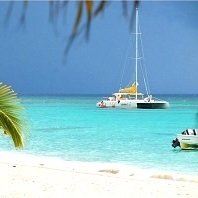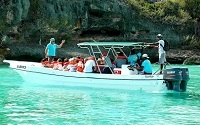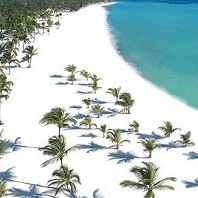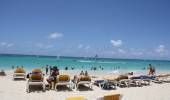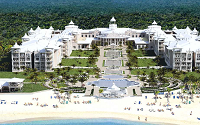The Culture in Punta Cana
The Dominican Republic has a multicultural past that is today reflected by strong European, African, and native Taino Indian influences.
Mixture of cultures
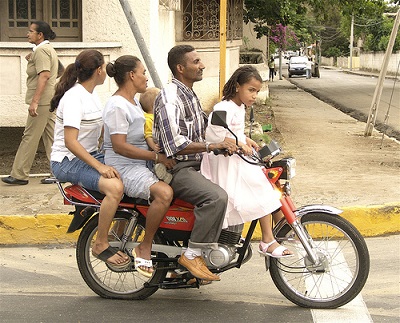
 Local Transport
This has produced the social identity of Dominicans today, showing up in their food, music, art, sports, and religion. It gives the nation a feel of being both ancient and modern, unique and global. The current population is divided in the following ethnic groups: European 16%, African origin 11%, mixed 73%.
Local Transport
This has produced the social identity of Dominicans today, showing up in their food, music, art, sports, and religion. It gives the nation a feel of being both ancient and modern, unique and global. The current population is divided in the following ethnic groups: European 16%, African origin 11%, mixed 73%.
Unique Cuisine
For example, the current cuisine blends Latin American ingredients like rice, beans, meat and, seafood with traditional Taino dishes that feature yucca, plantains, and potatoes. Adding to that mix are African recipes using similar native ingredients. More about the local food can be read here.
Souvenirs
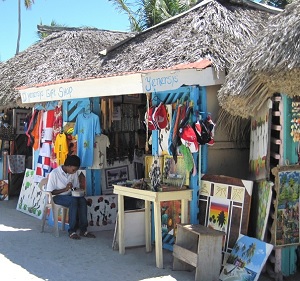
 Artisan Shopping
Similarly, Dominican art shows a wide range of influences, with jewelry made out of native elements such as amber, bone, horn, and coconut husk found at local markets and shops, along with clay, porcelain, hemp, and guano decorative and religious figurines (the latter of which are often Catholic in nature). See the page Shopping & Souvenirs for more information on buying crafts.
Artisan Shopping
Similarly, Dominican art shows a wide range of influences, with jewelry made out of native elements such as amber, bone, horn, and coconut husk found at local markets and shops, along with clay, porcelain, hemp, and guano decorative and religious figurines (the latter of which are often Catholic in nature). See the page Shopping & Souvenirs for more information on buying crafts.
The New World started here...
The Dominican Republic has a rich history. The Dominican Republic's capital city of Santo Domingo, the first city founded in Americas, boasts a distinctly old world's feel, with an incredible collection of museums, historic sites, art and music.
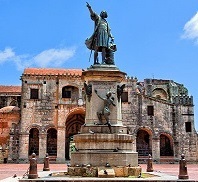
 Santo Domingo
The Colonial City, the oldest section of town, features the first street, hospital, university, and cathedral in the Americas. It is believed that the body of Christopher Columbus still lies somewhere on this island.
Santo Domingo
The Colonial City, the oldest section of town, features the first street, hospital, university, and cathedral in the Americas. It is believed that the body of Christopher Columbus still lies somewhere on this island.
There are numerous historic museums and buildings that will give one a sneak peek into the original Dominican culture. And on the streets the local life pictures a very colorful story of the rich heritage of the people.

